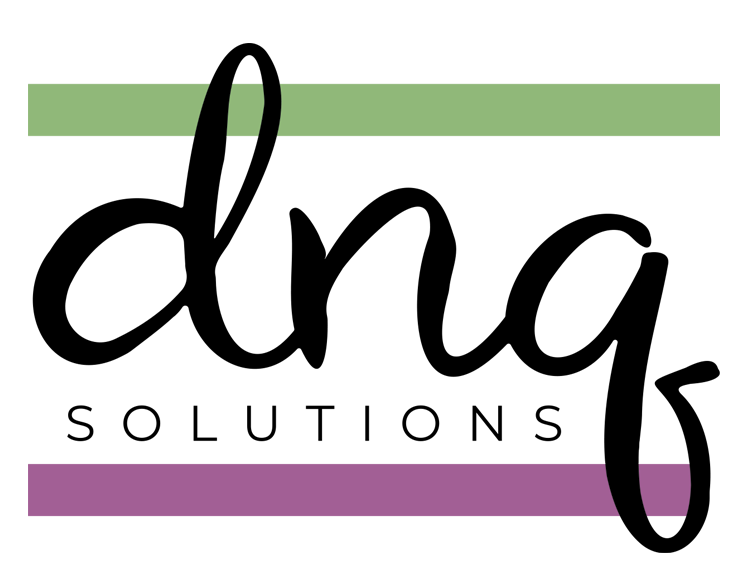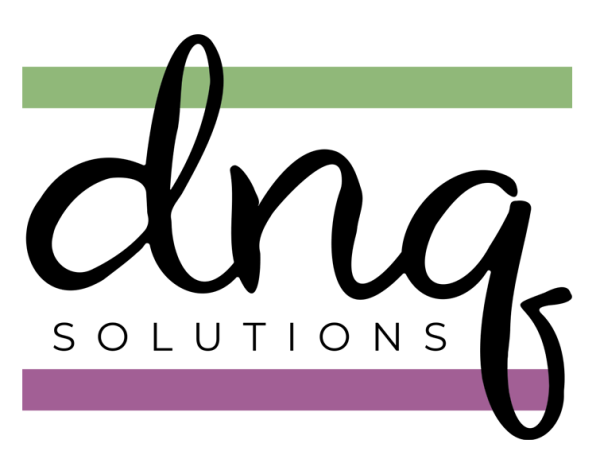
Let’s talk about what happens when a person decides to embrace change and alter the way they complete their habits or routines. A recurring theme in January is “New Year, New You”. This implies that you are changing something, doing things differently to create a new and improved version of yourself. The problem, and what I am talking about here, is that change is uncomfortable. It is much easier to continue doing things the way we’ve always done them. But it’s impossible to build new habits without changing something. So, while we talk about changing habits, we rarely talk about the discomfort that goes hand in hand with this process.
How to embrace change and build new habits
It’s OK to feel uncomfortable:
Trying new things, whether it’s new food, new style of dressing, a different sport, or a new routine is uncomfortable. Of course, because it is new to you. If it was easy you would have done it without any encouragement or a second thought.
I sometimes automatically reject new ideas without giving them a chance. This happened recently when a graphic designer I had hired to create my new logo showed me his suggestion. I looked at it and wrote him right away telling him that it was completely wrong for me. Then I looked at it a second time and realized that he was onto something. Together we tweaked his original concept and came up with the logo I’m now using. Meaningful change often feels uncomfortable at first.
Take small steps:
If you are thinking about creating a new habit, start by taking small steps. When you change things incrementally over time the new habit doesn’t feel forced or overwhelmingly different.
It’s easier to be successful in practicing a new habit when you take small steps. Changing little parts of a habit makes it simpler to memorize. This in turn reinforces the idea that this is a good thing, and the discomfort is not overwhelming.
Give yourself grace:
Remember that Rome wasn’t built in a day. If you honestly want to build new habits, give yourself grace when you make a mistake and revert to your old way of doing things. Whatever you do, don’t give up.
Pay attention and be mindful:
When you embrace change and build new habits you must pay attention to what you’re doing. This new way of doing things requires that you are absolutely 100% attentive to the process. Old habits and routines are comfortable and easy because we’ve followed them so many times that we can probably do them without conscious thought.
Think back to when you were learning to read. You first learned the letters and their sounds. Then how to combine the letters to make words. Finally, how to put them together to form sentences. You now read without thinking about the process. Reading is a tool in your toolbox.
Pay attention and be mindful of your goal as you build new habits.
Build in rewards
I am more willing to be uncomfortable with something new when I know that there is a reward waiting for me. It doesn’t need to be anything big or expensive. A reward can be taking a bubble bath, going for a walk, having 15 minutes of alone time to read a magazine. Do rewards help you, too.
If creating a new habit is important to you then assign a reward for yourself when you show up regularly, deal with the discomfort, and practice the new way of doing things. The more you practice, the more comfortable you will feel with the new routine.
Consistency counts.
In conclusion:
There is a feeling of discomfort or being uncomfortable associated with change. It is natural and inevitable. Once you learn how to embrace change and work through these feelings, making the changes you desire in your habits and routines becomes a little easier.
Now is probably not a good time to embark on this journey. Holidays can be stressful and become even more so when you add creating new habits into the mix. If, as we approach the holidays, you begin thinking about changing some of your habits and routines, put these ideas on hold until the first week of January.
Once the festivities are over, make a list of the changes you desire.
Also note the reason for embracing change.
Give yourself a timeframe. Then think of the steps to take to make this happen. Remember to build the foundation first and break the process down into the smallest steps to make it easy for yourself to be successful. Lastly, engage in mindful practice.
Feel free to reach out to me if you would like guidance or an accountability partner. You can email me at: dnqsolutions@gmail.com to schedule a free 30-minute phone consultation.
Diane N. Quintana is the owner of DNQ Solutions, LLC. She is an ADHD Organizing Specialist, a Hoarding Specialist, and a Chronic Disorganization Specialist. Diane is also an ICD Master Trainer, Certified Professional Organizer in Chronic Disorganization, Certified Professional Organizer and co-owner of Release Repurpose Reorganize LLC based in Atlanta, Georgia. She specializes in residential and home-office organizing.


“It’s impossible to build new habits without changing something.” This feels so obvious, and yet we really need to mindfully embrace this truth!
I”m really resonating about your discussion on the need to pay attention when we are trying to change our behavior or begin a new habit. We can forget the power of our regular routine. Many times the path we travel is “well worn” into our daily living. I once heard that it is easier to change a habit when you are away from your normal living space. This makes sense to me, because I’m already having to be more mindful of how I am doing things because I can’t rely on autopilot.
You’ve got me thinking about what I might dream of changing in the new year. A happy thought!
So happy to hear that I stirred something up for you, Seana – in a good way!
Great post, Diane! I beat myself up when I couldn’t finish a project in the allotted time. But now, I have realized that being kind and patient will help me move forward and minimize the ups and downs of my emotional state. Thanks for sharing your thoughts.
Thank you, Sabrina. Patience and kindness towards ourselves is so important.
A good read. I will be changing some habits in the new year and this blog helps me with that.
Thanks, Jonda
I created a new habit recently. I take a long walk in nature every weekend. I really enjoy it but sometimes is hard to get up out of my chair and go, even though I love it. So I connected it with my morning coffee. I drink my coffee while looking up hiking trails in my area. I then pick one, change into walking gear and go. Strangely my reward is coming home and taking a luxurious shower and then feeling physically tired.
I love this, Janet! What a great way to switch up a routine.
Change can be challenging, as can developing new habits. One effective strategy is establishing a new habit by pairing it with an existing one. This bundling can make the new habit stickier.
I love reading and typically do that before going to sleep. The problem is that I’m reading when I’m most tired. Not good. Recently, I decided to add reading to my morning routine, which worked beautifully. My morning routine (wake, meditate, and journal) is so well-established that adding a new habit (reading) to the sequence was easy. In addition, because I’m a morning person, I get more out of what I’m reading when I do it first thing.
If you can ‘attach’ a new habit to one already existing, it can supercharge the outcome.
I agree, Linda. Pairing the new with the familiar is a way to make a new habit easier to create.